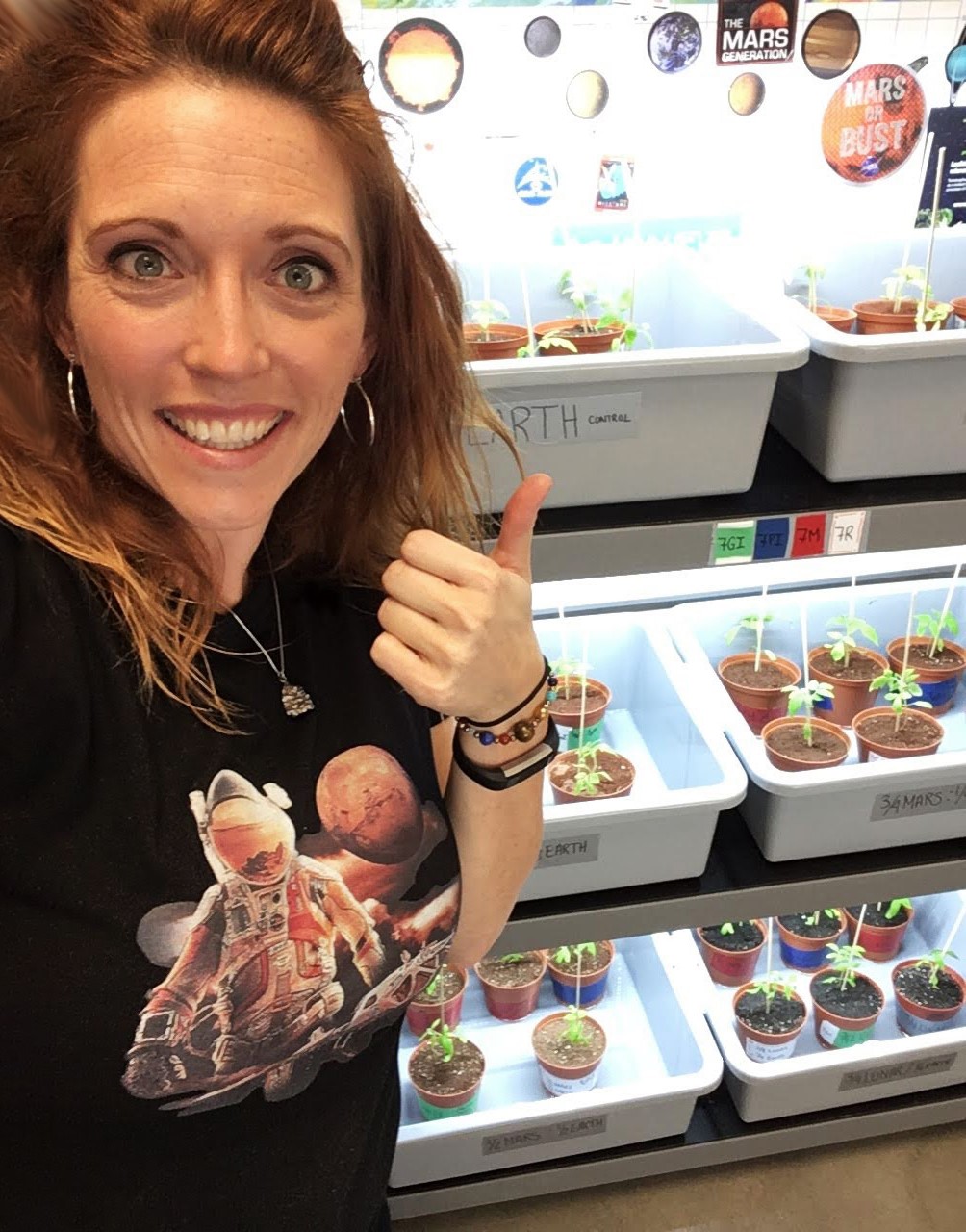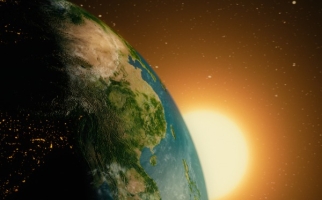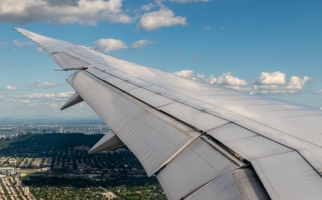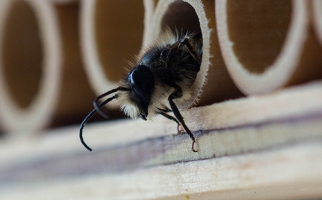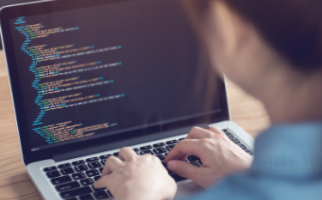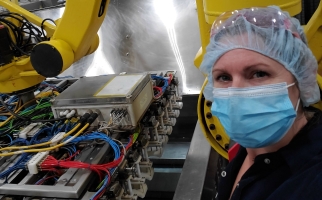| B2.1 describe the basic needs of plants, including the need for air, water, light, heat, nutrients, and space, and identify environmental conditions that may threaten plant survival |
Tomatosphere (Action Project)
Parts of a Plant (Backgrounder)
Needs of Plants (Backgrounder)
|
| B2.2 identify different parts of plants, including the root, stem, flower, stamen, pistil, leaf, seed, cone, and fruit, and describe how each part contributes to plants’ survival within their environment |
Tomatosphere (Action Project)
Parts of a Plant (Backgrounder)
The Life Cycle of a Tomato Plant (Backgrounder)
Plants: Parts (Photo Collection)
Plants: Seeds (Photo Collection)
Plants: Leaves (Photo Collection)
|
| B2.3 describe changes that different plants undergo in their life cycles |
Tomatosphere (Action Project)
The Life Cycle of a Tomato Plant (Backgrounder)
The Life Cycle of Plants (Backgrounder)
Plants: Growth (Photo Collection)
Plants: Germination (Photo Collection)
|
| B2.4 describe ways in which a variety of plants adapt and/or react to their environment and to changes in their environment |
Tomatosphere (Action Project)
Needs of Plants (Backgrounder)
Plants: Biomes (Photo Collection)
|
| B2.5 demonstrate an understanding that most plants get energy directly from the Sun through the process of photosynthesis, which involves the absorption of carbon dioxide and the release of oxygen |
Tomatosphere (Action Project)
The Life Cycle of Plants (Backgrounder)
Needs of Plants (Backgrounder)
|
| B2.6 describe ways in which people, including Indigenous peoples, from various cultures around the world use plants for food, shelter, medicine, and clothing |
Plants: Human Use (Photo Collection) |
| B2.7 describe various plants used for food, including those grown by First Nations, Métis, and Inuit, and identify local settings where these plants are grown or found |
Vegetables (Photo Collection) |
| B2.8 describe ways in which plants and animals, including humans, depend on each other |
Plant Reproduction (Backgrounder)
The Life Cycle of Plants (Backgrounder)
Pollinators are important! (STEM in Context)
|
